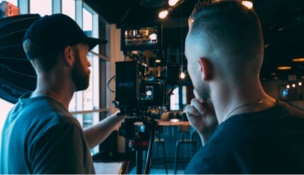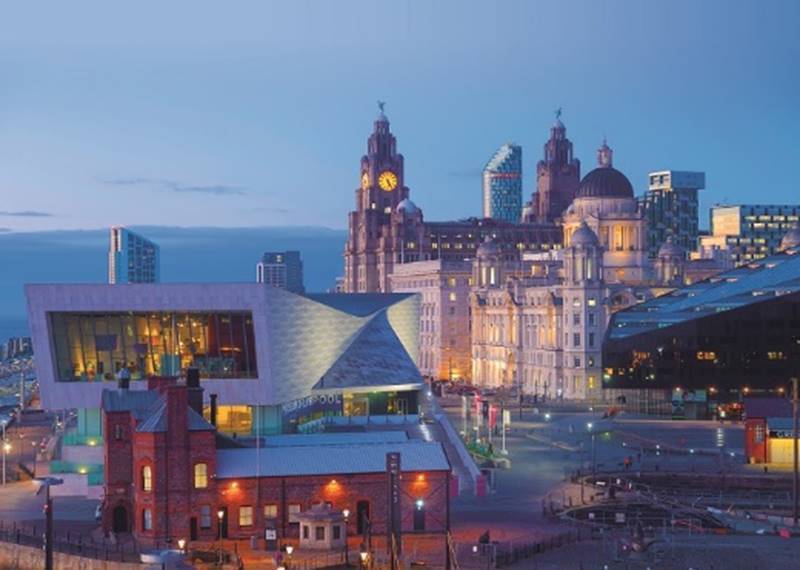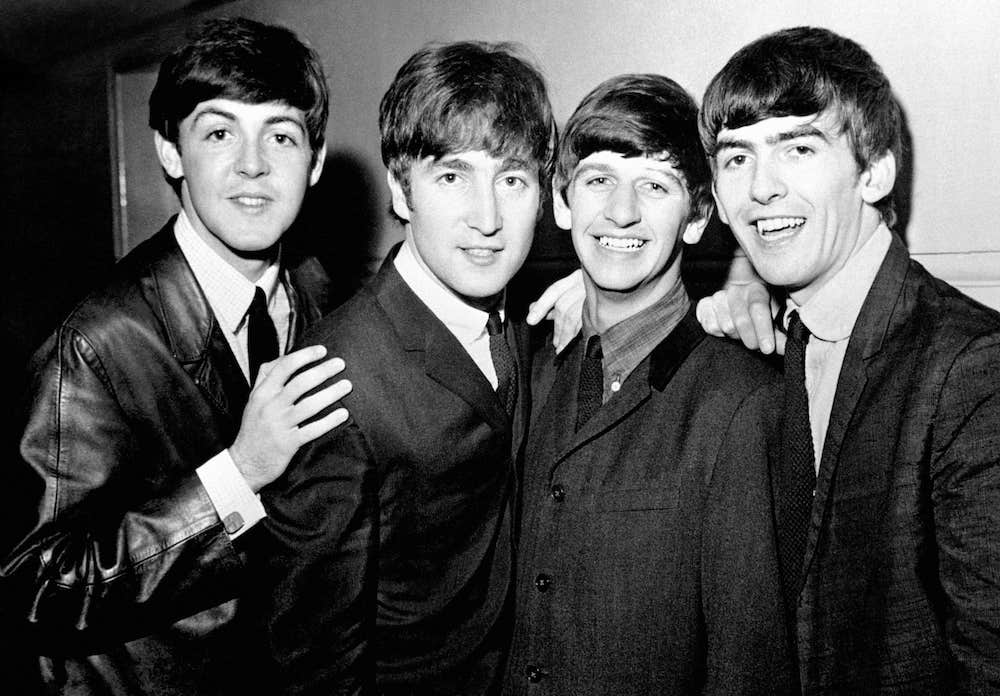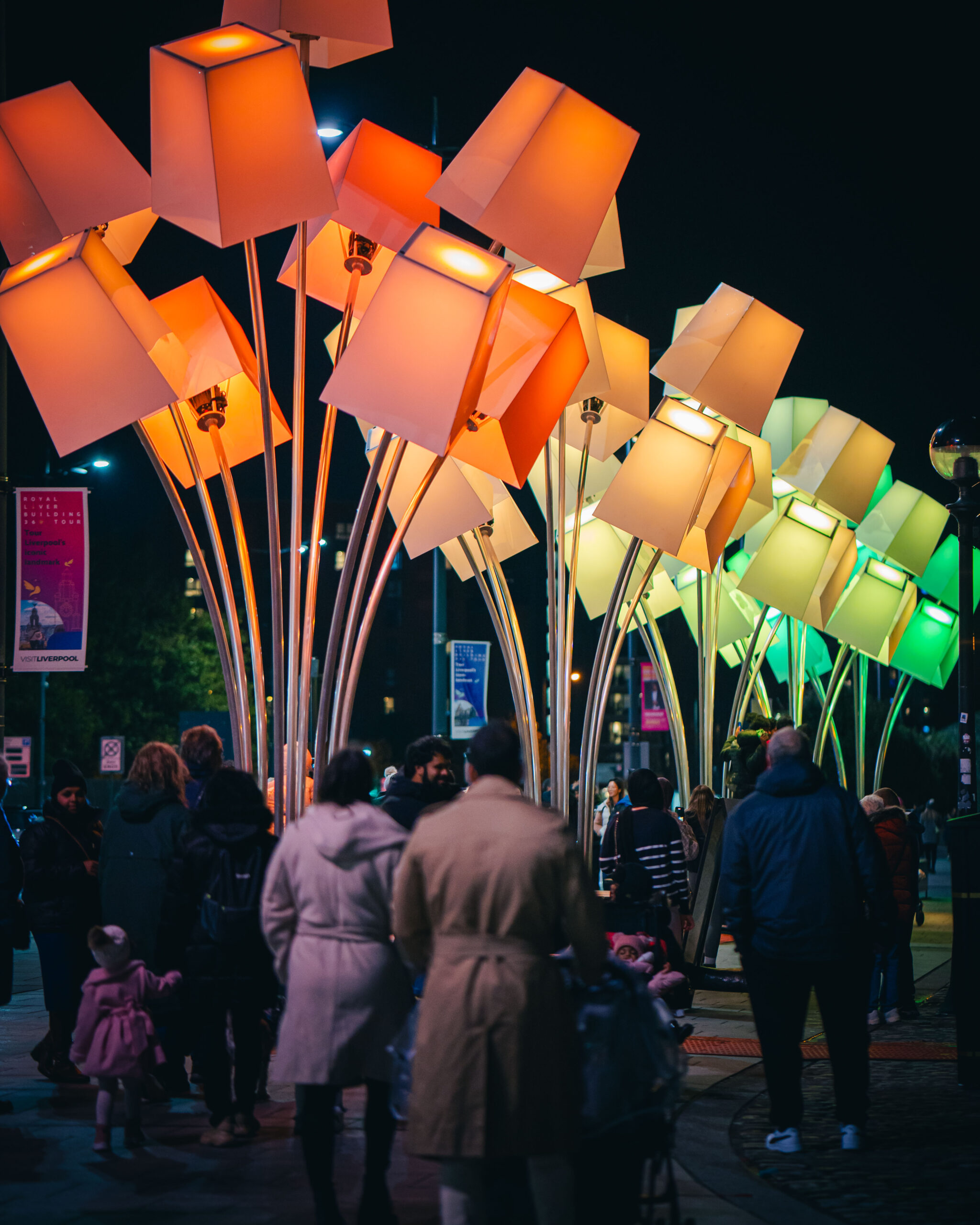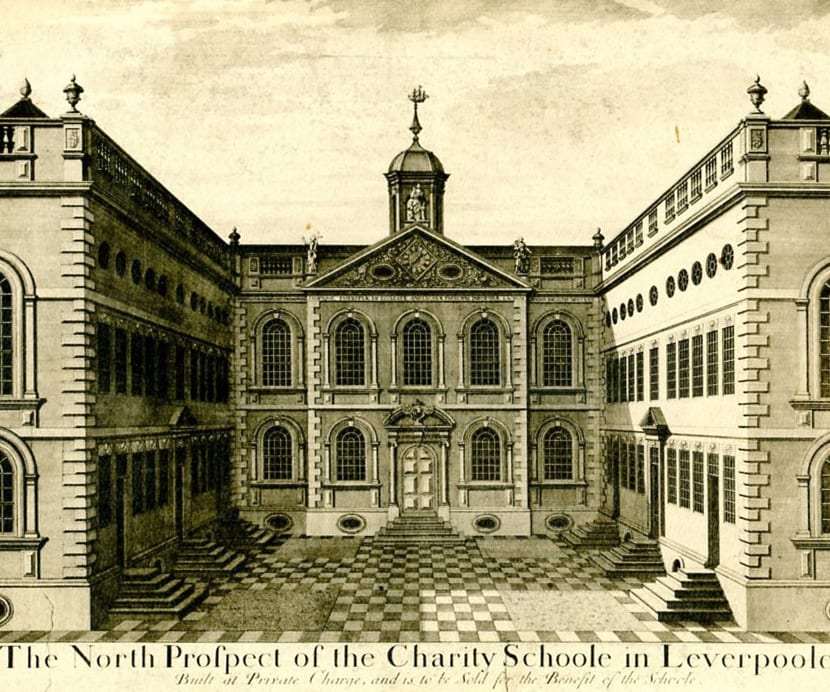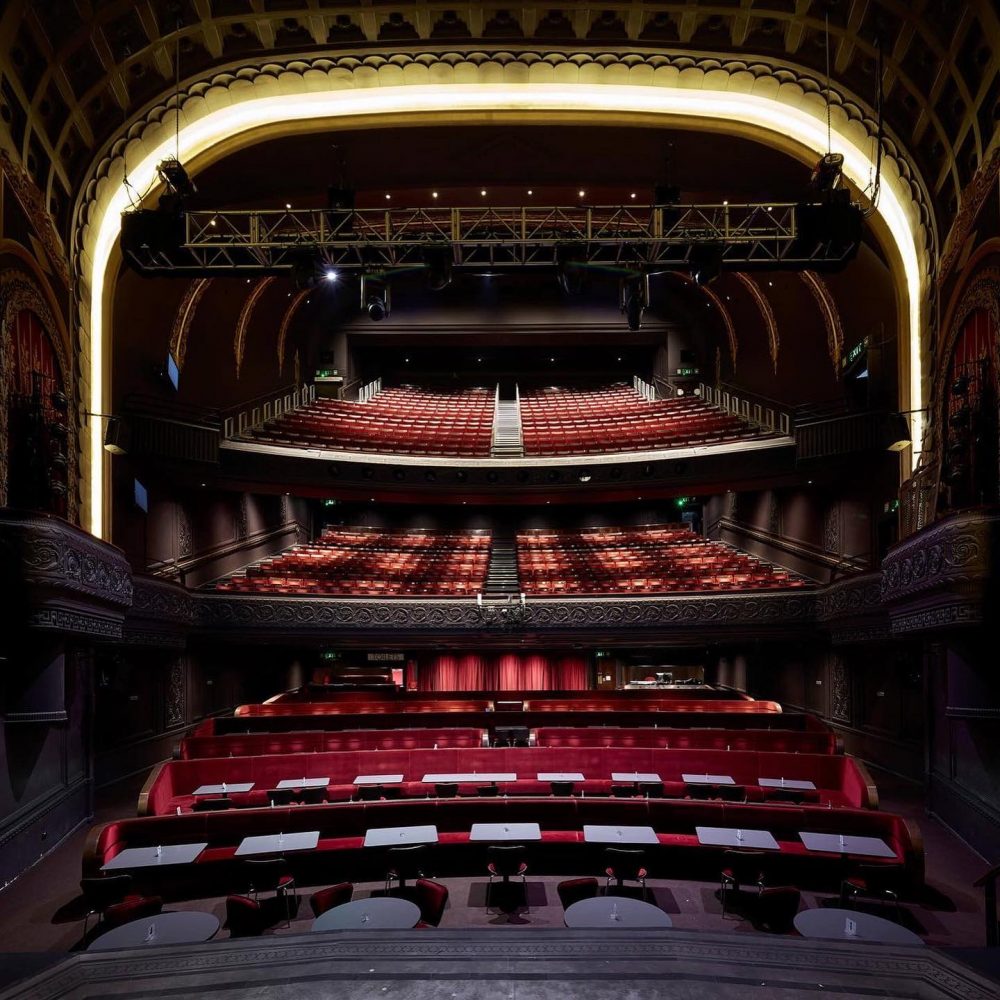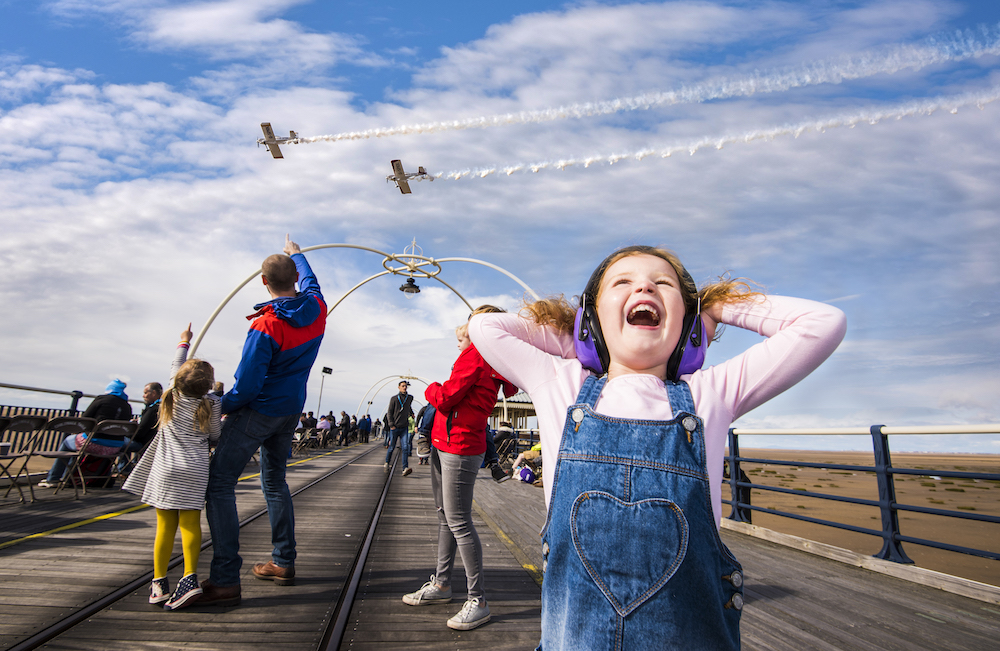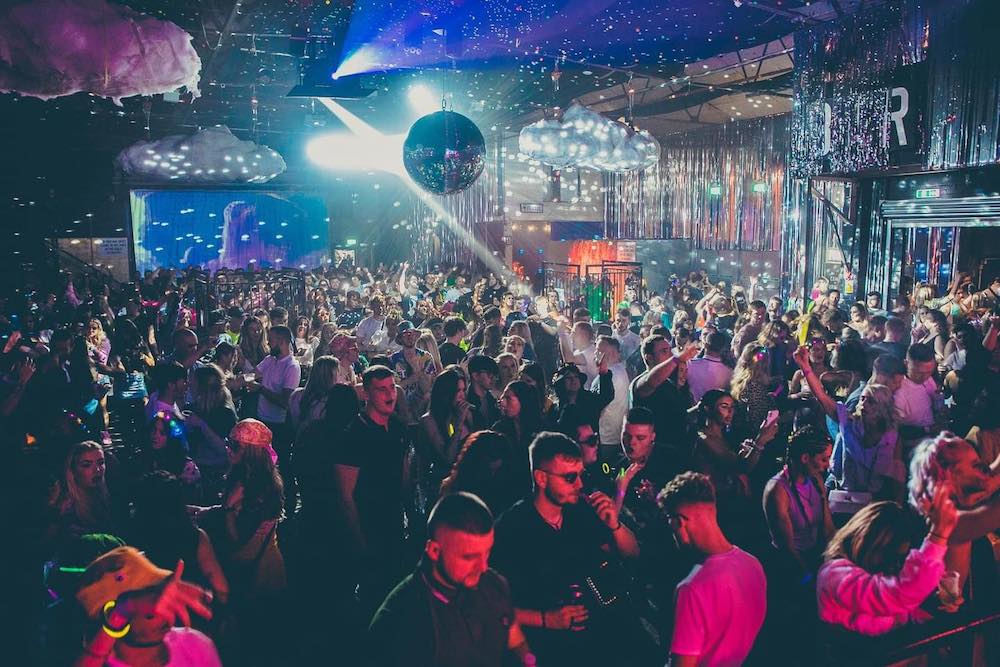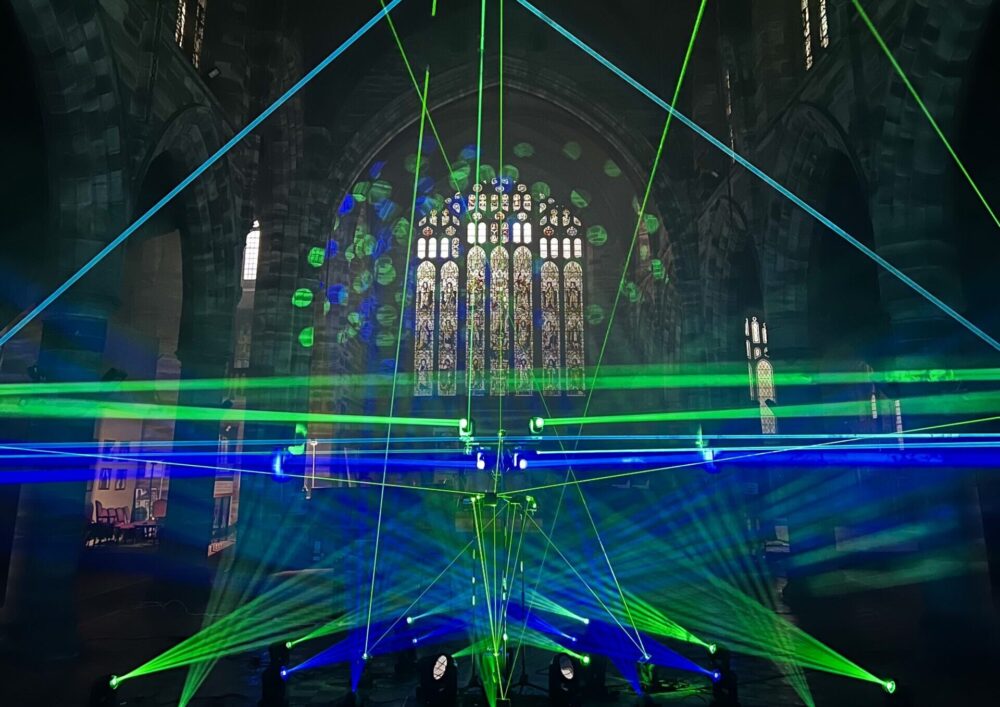
Art
International Slavery Museum seeks artists to design new public entrance
2 months ago
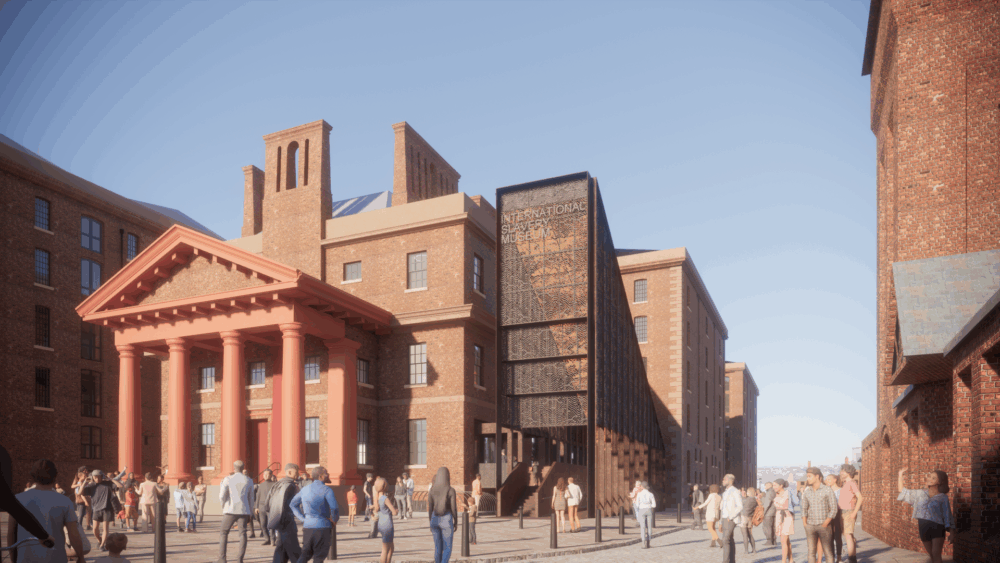
National Museums Liverpool has launched a call for an artist (or collective) to co-design the cast iron panels of International Slavery Museum’s monumental new Entrance Pavilion.
Opened in 2007 on the third floor of the Maritime Museum, International Slavery Museum has never had its own front door. The new Entrance Pavilion, designed by Feilden Clegg Bradley Studios, which gained planning permission in October 2024, will announce International Slavery Museum to the world, asserting its rightful place and prominence on Liverpool’s historic waterfront.
The newly designed panels will be the visible ‘skin’ of the Entrance Pavilion, symbolically transforming iron, once used in chains and manacles, and deeply ingrained in the infrastructure of transatlantic slavery, into a material of remembrance and resilience.
The chosen artist will work collaboratively with International Slavery Museum colleagues, architects, structural engineers, fabricators, and community partners to reflect the histories, legacies, and lived experiences represented at the museum.

This is a once in lifetime opportunity for an artist to play an integral role in creating a permanent and powerful public artwork, that sits at the heart of the museum’s wider transformation.
The successful artist will receive a £30,000 fee with additional costs and expenses covered.
Michelle Charters OBE, Head of International Slavery Museum said:
“This is an artist call unlike any other, for a museum which is the only one of its kind in the world. The finished artwork will be a deeply meaningful feature of the striking design for our new Entrance Pavilion, ensuring the story of transatlantic slavery and its legacies is no longer a hidden aspect of our history, but unapologetically prominent on Liverpool’s waterfront.
“We are looking for an exceptional artist (or collective) who will bring not only their own vision, imagination and expertise, but can also demonstrate how this will engage and inspire our community stakeholders to participate in its creation. The artwork will be made of iron, a material that once represented our ancestors’ oppression, but by boldly reclaiming it as a symbol of remembrance and restitution, the artist will create work that represents the ambition driving the International Slavery Museum’s transformation.”
Kossy Nnachetta, Partner, Lead Architect at Feilden Clegg Bradley Studios said:
“The fabric of the Entrance Pavilion was always envisioned as the work of many hands.
“We are thrilled that National Museums Liverpool are able to send this wide-reaching call-out for an artist, maker, or any creative soul, to interpret the spirit of decades of community conversations, and embed that into the design.
“This project is so important to the world, and the Entrance Pavilion is so important to the project, it feels right to open it up to world. We’re excited to see what comes through this.”
International Slavery Museum is now closed for redevelopment. It is expected to reopen to the public in 2029:
Artist fee: £30,000 (plus additional expenses covered)
Call for entries period: 13 October – 17 November 2025
Artists from the Global Majority, or with lived experience of the legacies of slavery, are encouraged to apply.
Watch a short film on the vision for both International Slavery Museum and Maritime Museum:
Artist brief and application.

Vision for International Slavery Museum and Maritime Museum’s redevelopment:
Led by Feilden Clegg Bradley Studios (FCBStudios), the redevelopment of International Slavery Museum and Maritime Museum will sensitively respond to the existing Grade I-listed buildings: Hartley Pavilion and Dr Martin Luther King Jr Building (previously the Dock Traffic Office).
A monumental new entrance for International Slavery Museum will be worthy of its position as the only national museum in the world dedicated to transatlantic slavery and its legacies. This bold and striking intervention on the historic landscape, responds directly to community stakeholder feedback for designs to feature not only an accessible front door but one that also claims its rightful place on Liverpool’s waterfront.
A new contemporary link bridge will connect Hartley Pavilion and the Dr Martin Luther King Jr Building and create a ‘pause-point’ with panoramic views across the docks, where visitors might consider how the stories within the galleries relate to the place they currently stand.
International Slavery Museum will become a home to the National Centre for Teaching Black History. The re-developed second floor of Dr Martin Luther King Junior Building will be dedicated to the learning outputs and outcomes of the centre and its programming will connect with collections and representation across all National Museums Liverpool’s museums and galleries.
Ralph Appelbaum Associates are leading on the exhibition design for both museums, and the project will see new galleries, as well as shared spaces for community uses, research, learning and events.
The Maritime Museum will see significant regeneration and enable the museum to show a more comprehensive and coherent vision of Liverpool’s maritime story. A new entrance will create a more welcoming arrival for visitors, new galleries will explore conflict, global connections and migration, while the popular ‘Titanic and Liverpool’ gallery will be revitalised.


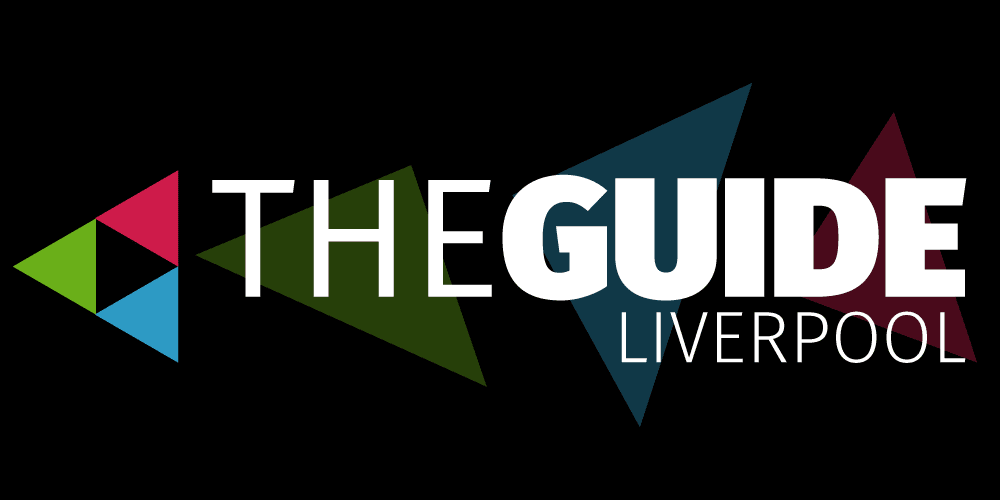

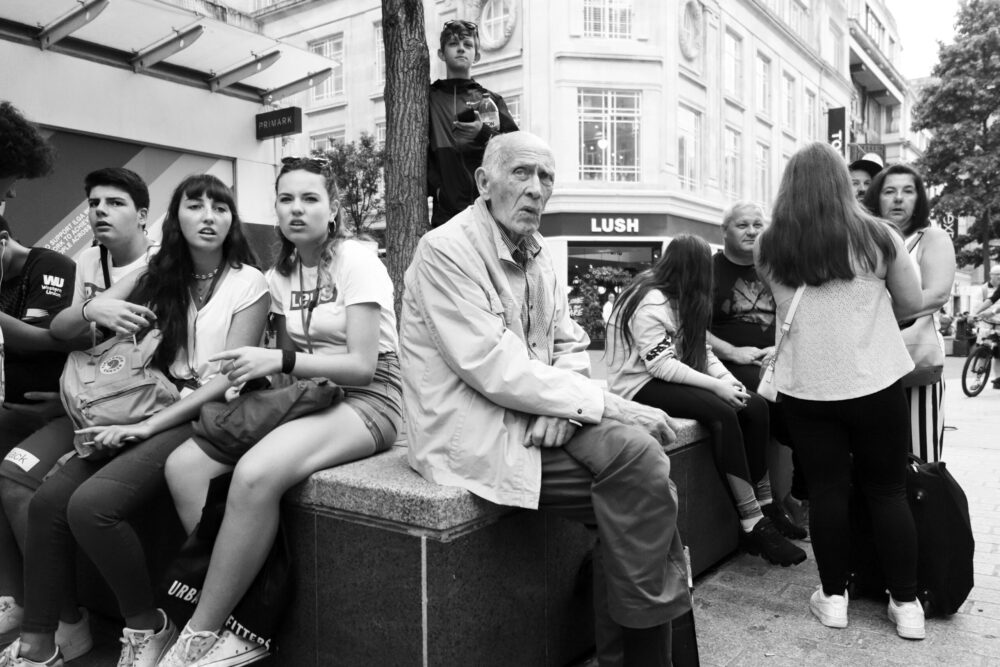
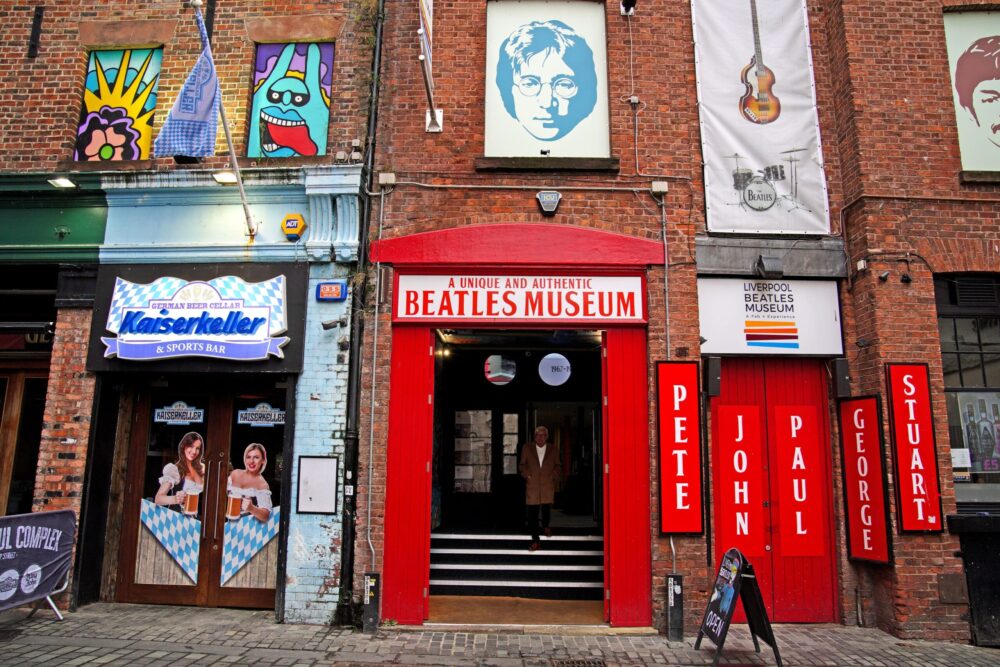
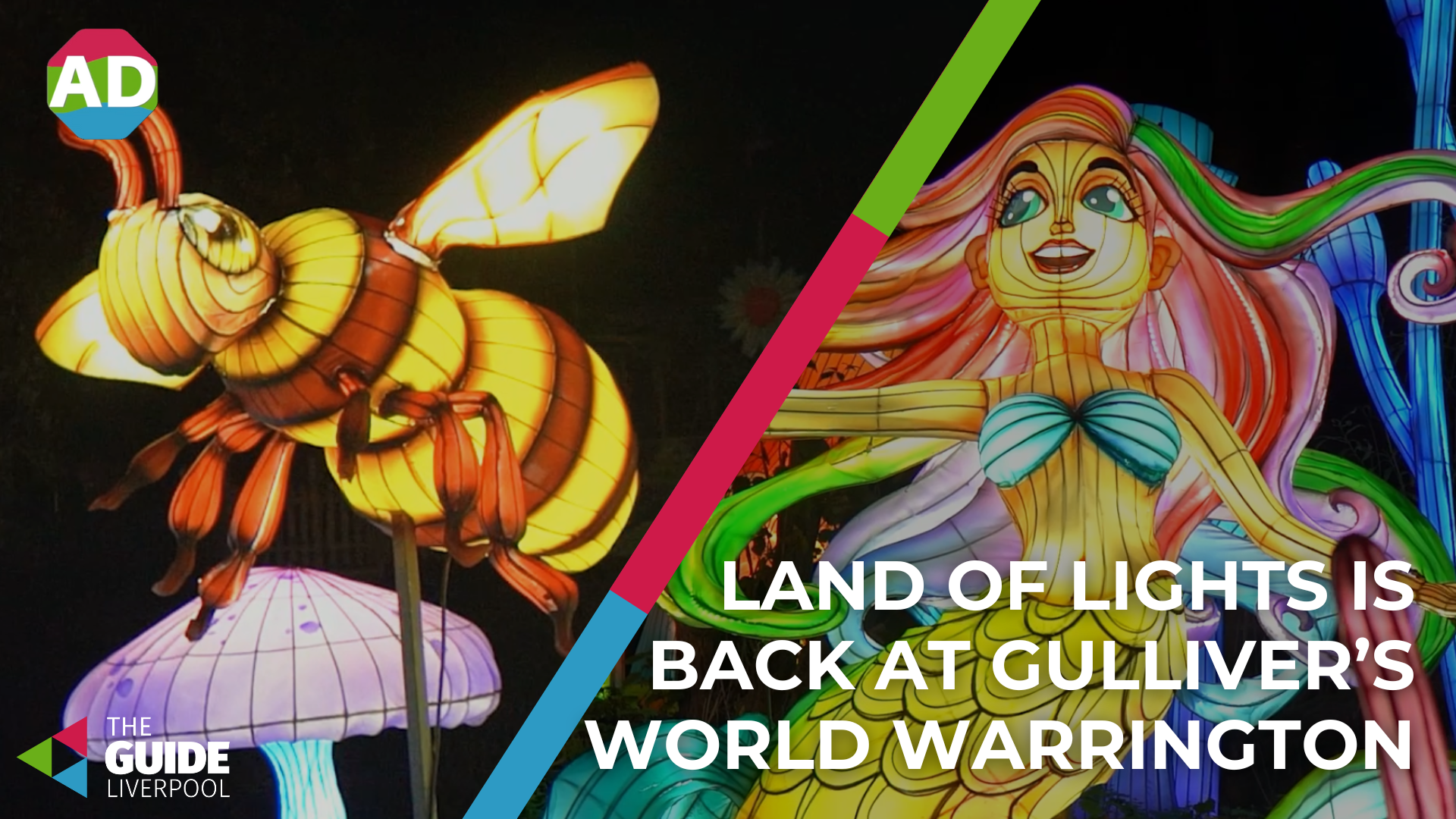
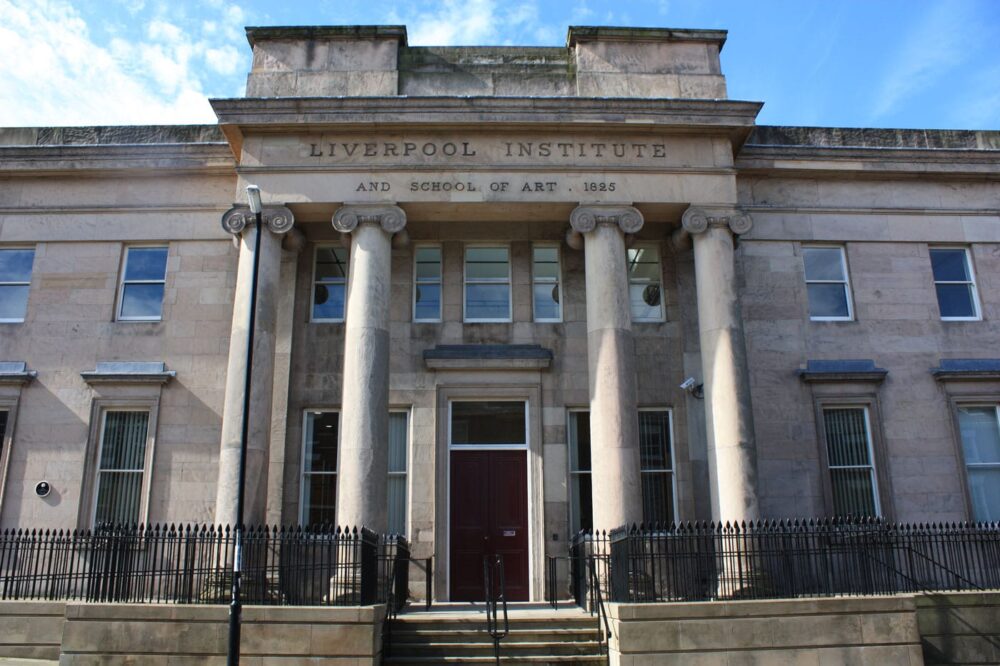
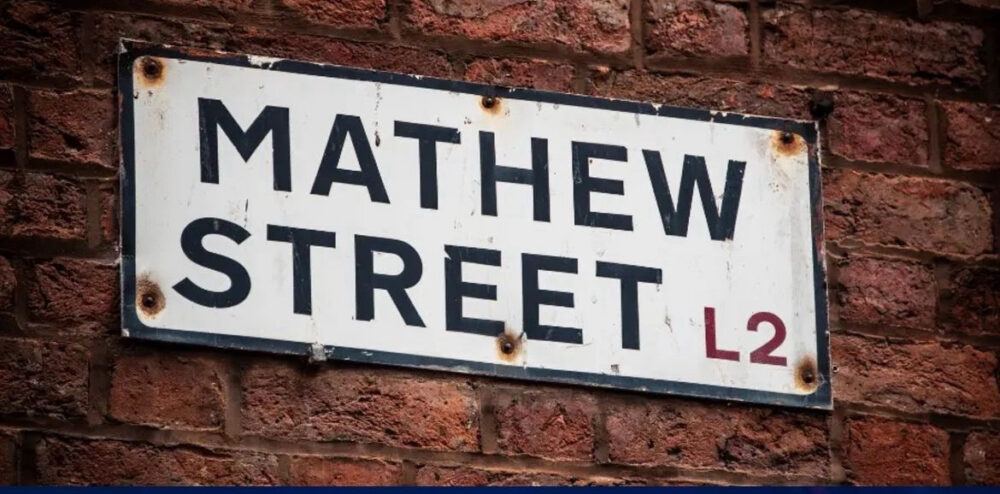

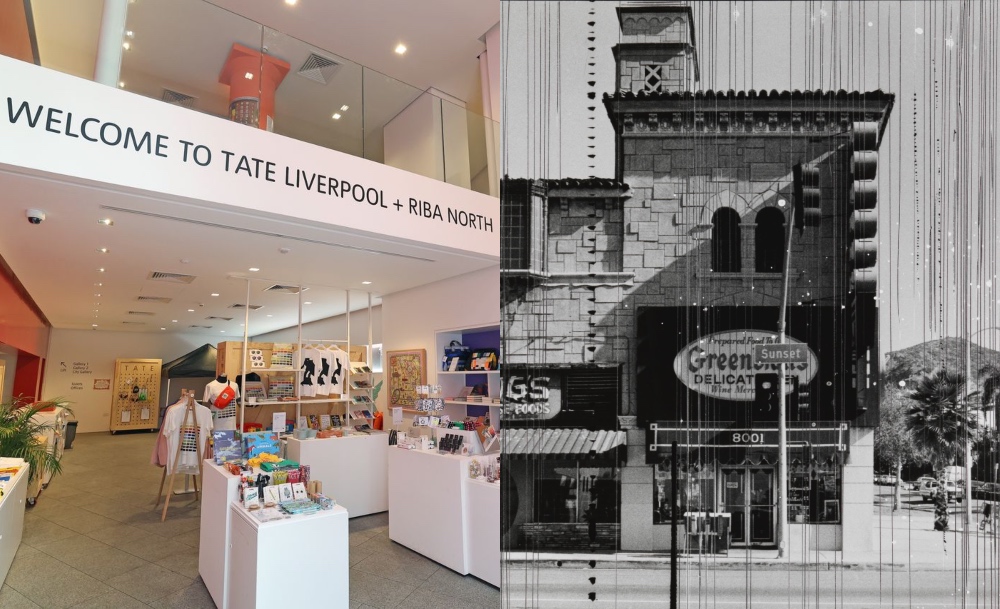
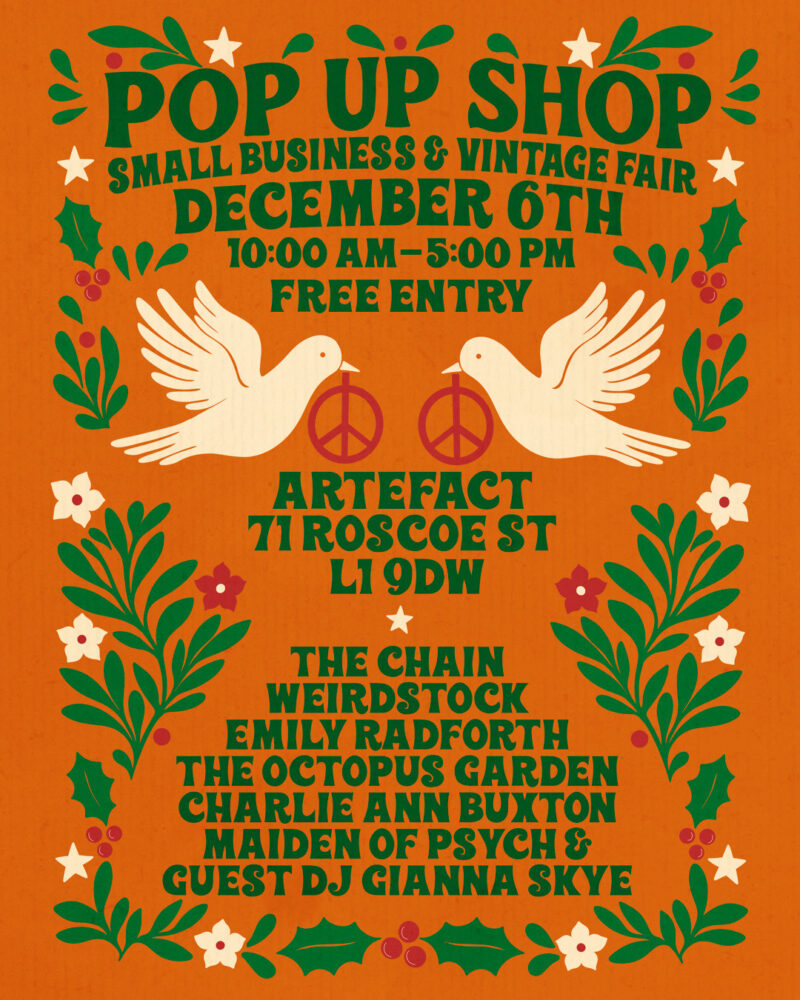
 Subscribe
Subscribe Follow Us
Follow Us Follow Us
Follow Us Follow Us
Follow Us Follow Us
Follow Us